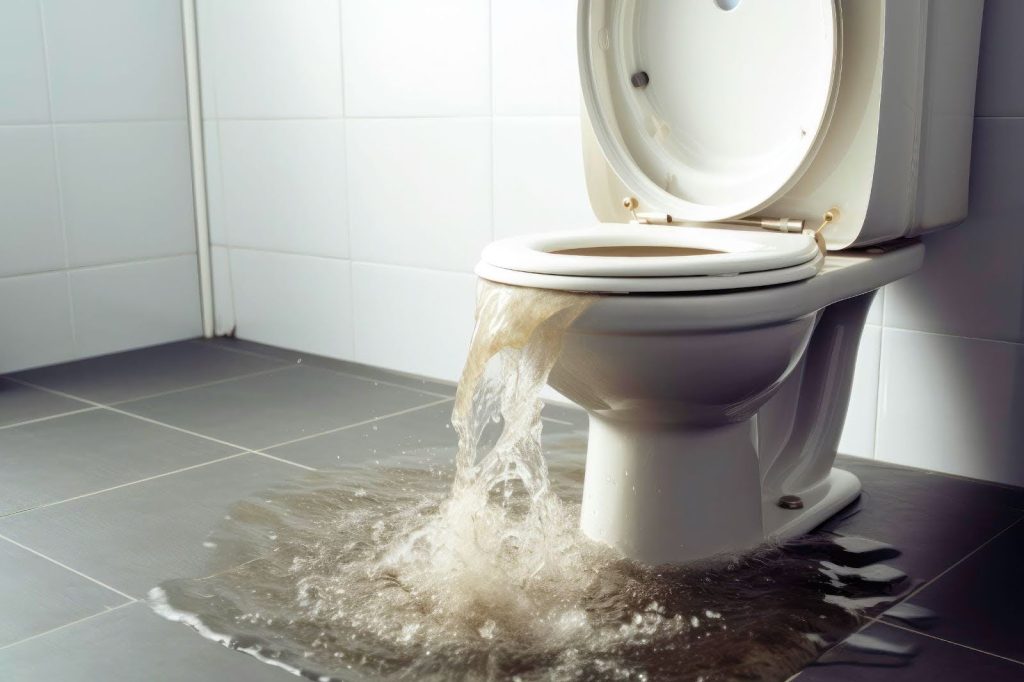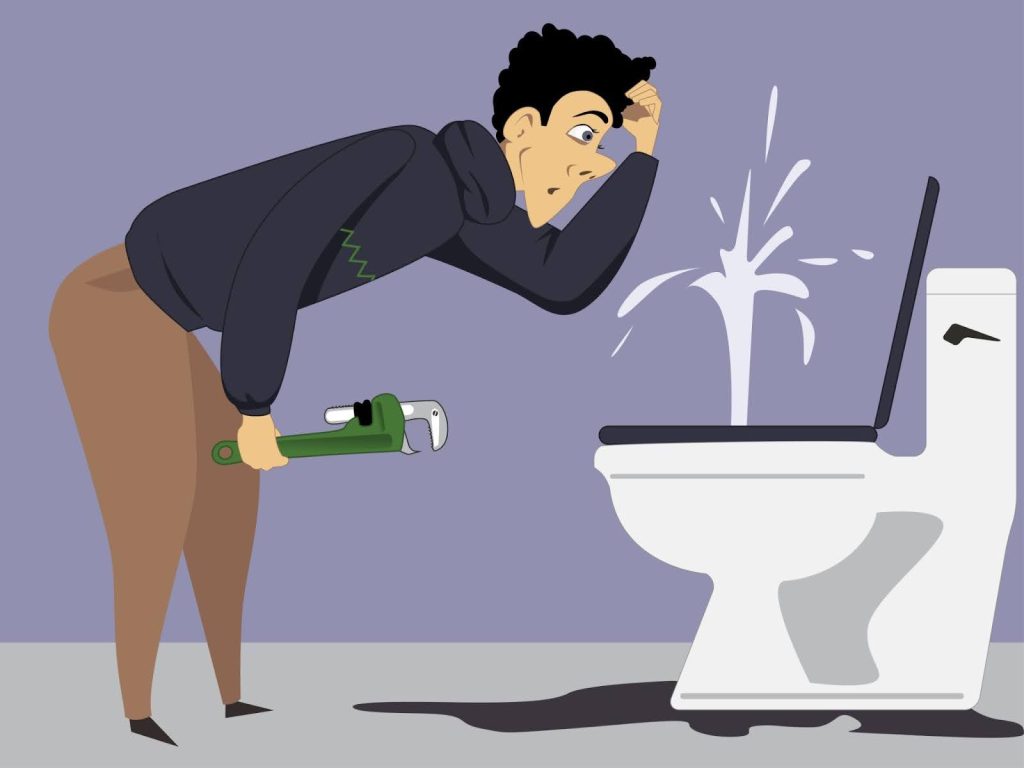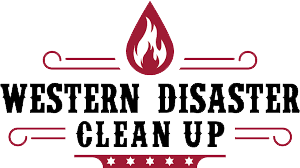Sewage cleanup is a critical but often underestimated aspect of homeownership. Its importance becomes clear when you’re faced with the daunting task of dealing with sewage-related issues.
In this guide, we aim to shed light on sewage cleanup, and we’ve got answers to your most pressing questions and concerns. From understanding what sewage cleanup entails to the health risks it poses and the steps involved in the process, we’re here to provide you with the knowledge you need to handle this challenging situation effectively.
Whether you’re contemplating a do-it-yourself approach or seeking professional assistance, we’ll help you make informed decisions and navigate sewage cleanup with confidence.
What is sewage cleanup?
The goal of sewage cleanup is to safely and effectively remove, disinfect, and restore areas contaminated by wastewater. If you properly handle these situations, you will prevent further damage and protect the health and well-being of yourself and those you live with.
There are many situations that require sewage cleanup, and they vary quite a bit. Common scenarios include sewage backups, burst sewage pipes, overflowing toilets, and flooding caused by sewage intrusion. Any event that results in the contamination of your living space with wastewater requires immediate attention to prevent further harm.
Sewage contamination poses significant health risks due to the presence of harmful pathogens and toxins. Exposure to sewage leads to a range of illnesses, including gastrointestinal infections, skin infections, and respiratory issues.
In the next sections, we will delve deeper into the specifics of sewage cleanup, offering guidance on how to address these issues safely and efficiently.

How is sewage cleanup done?
By now, you understand that taking care of this kind of damage is very different from your average cleanup job. Sewage cleanup demands precision and expertise to ensure thorough restoration and elimination of health risks. Here’s a comprehensive look at how sewage cleanup is done.
Steps involved in the sewage cleanup process
Assessment
The process starts with a thorough assessment of the contaminated area. This step includes identifying the source of sewage, the extent of contamination, and any structural damage caused.
Containment
To prevent further contamination, professionals create barriers or contain the affected area. This prevents sewage from spreading to clean spaces and ensures the safety of occupants.
Extraction
The next step is the removal of sewage and contaminated water. Professionals use powerful pumps and extraction equipment to efficiently eliminate wastewater.
Disinfection
After sewage removal, the affected area undergoes extensive cleaning and disinfection. Professionals use industrial-grade cleaning agents and disinfectants to kill harmful pathogens and bacteria.
Drying
Proper drying is crucial to prevent mold growth and structural damage. Professionals employ specialized drying equipment, such as dehumidifiers and air movers, to remove moisture from affected materials and surfaces.
Decontamination
All salvageable items, such as furniture and personal belongings, are thoroughly cleaned and sanitized. If an item cannot be adequately decontaminated, it is safely disposed of.
Restoration
The final step involves restoring the affected area to its pre-contamination condition. Restoration includes repairing or replacing damaged materials and restoring the structural integrity of the building.
Specialized equipment and techniques used
Sewage cleanup relies on specialized equipment and techniques designed to tackle the challenges of wastewater remediation. This equipment includes industrial pumps for efficient sewage extraction, antimicrobial treatments for disinfection, and moisture detection tools to ensure thorough drying.
Professionals prioritize their safety and well-being by utilizing an array of personal protective equipment (PPE) specially designed to shield them from potential hazards and contaminants encountered during the cleanup process.
In the context of sewage cleanup and similar hazardous tasks, PPE typically includes the following:
- Respiratory protection: This can involve N95 respirators, full-face respirators, or powered air-purifying respirators (PAPRs) to shield the wearer from inhaling harmful particles, gases, or fumes.
- Eye and face protection: Safety goggles, face shields, or full-face respirators with integrated eye protection safeguard against splashes, chemical exposure, or airborne debris.
- Hand protection: Gloves made of materials like nitrile, latex, or neoprene are essential to shield hands from contaminants, sharp objects, and chemicals.
- Body protection: Coveralls or disposable suits help prevent skin contact with hazardous substances. Some situations may require chemical-resistant suits or aprons.
- Foot Protection: Boots with steel toes, shank protection, and slip-resistant soles are crucial for safeguarding feet from potential injuries and contamination.
Can I do sewage cleanup myself?
While it may be tempting to attempt this on your own, there are several crucial factors you should consider before attempting DIY sewage cleanup.
Safety should be paramount. Without the proper protective gear and training, you risk exposure to hazardous elements. Without the right techniques, there’s a risk of incomplete cleaning and disinfection. You could be leaving behind potential health hazards and not even know it.
DIYers also contend with the need for specialized equipment, including high-capacity pumps, antimicrobial agents, and moisture detection tools, which are all essential for effective cleanup. Acquiring and correctly using these tools may present significant challenges for those not well-versed in sewage cleanup procedures.

Risks and challenges of DIY sewage cleanup
Opting for a do-it-yourself approach risks incomplete or improper sewage cleanup. Areas may not be thoroughly disinfected, meaning pathogens and unpleasant odors still remain and contribute to long-term health issues and structural damage.
Another potential consequence is the growth of mold, which can thrive in inadequately dried areas. Mold growth adds another level of complexity to the cleanup process and further jeopardizes the health of everyone involved.
There are even potential insurance implications. Some insurance policies may not provide coverage for damages that result from DIY sewage cleanup efforts. This could leave you with a substantial financial burden.
Importance of professional sewage cleanup services
Engaging professional sewage cleanup services is a good idea. Their commitment to safety is evident in their use of essential protective gear and stringent safety protocols, which safeguard both themselves and the occupants from the potential hazards of sewage exposure.
Beyond mere cleanup, professionals are dedicated to restoring your property completely, ensuring that it regains its safety and habitability, and providing peace of mind to homeowners dealing with this challenging situation.
Preventing sewage problems
Taking proactive steps to prevent sewage problems safeguards your home and health. Here are some valuable tips and practices:
- Regular inspections: Periodically inspect your plumbing system, including pipes, drains, and sewer lines, for any signs of wear, damage, or blockages.
- Proper disposal: Never flush items like wipes, diapers, sanitary products, or grease down the toilet or sink. These can clog your pipes and lead to backups.
- Tree roots: Be mindful of trees and shrubs near your sewer lines. Tree roots can infiltrate and damage pipes over time. Consider planting trees away from these lines.
- Grease disposal: Dispose of cooking grease properly by letting it cool and then disposing of it in the trash rather than pouring it down the drain.
Preventative maintenance
There are some maintenance practices that reduce the risk of sewage backups.
Routine plumbing inspections
Schedule routine plumbing inspections and maintenance to identify and address potential issues before they become major problems. Periodic sewer line cleaning prevents blockages caused by accumulated debris, roots, or sediment.
Backflow prevention
Install backflow prevention devices to prevent sewage from flowing back into your home during heavy rainfall or other sewer system overloads. If you have a septic system, maintain it according to recommended guidelines, including regular pumping and inspections.
Signs that there’s a problem
Pay close attention to the early warning signs of sewage problems that may crop up in your home.
Odor
One unmistakable clue is the presence of foul odors, particularly those with a distinct sewage-like smell either inside your home or around it. Such odors often signal underlying issues, commonly linked to blockages or backups in your plumbing system.
Slow drains
Additionally, if you notice that your sinks, tubs, or toilets are draining more slowly than usual, it could indicate partial blockages that require attention. Keep an ear out for gurgling noises too; hearing them when flushing the toilet or using the sink suggests air or sewage backup problems.
Water backup
Perhaps the most obvious sign of trouble is water or sewage backup in toilets, sinks, or drains. When you spot any of these signs, act promptly to address the sewage problem to prevent further complications.
Taking proactive steps to prevent sewage problems and promptly addressing any signs of trouble will save you from the hassle and potential health risks associated with sewage issues. Regular inspections, responsible disposal practices, and maintenance all go a long way to ensure your home remains sewage-trouble-free.
Hiring professional sewage cleanup services
When it comes to sewage cleanup, enlisting the help of experienced professionals is often the wisest choice. Here’s a guide on how to select the right sewage cleanup company and what to expect from their services.
How to choose the right sewage cleanup company
Prioritize experience and expertise. Seek out companies with a wealth of experience in sewage cleanup. Seasoned professionals will be well-prepared to address a broad spectrum of situations effectively. Check to make sure that the company holds the necessary certifications and licenses for sewage cleanup services.
Insurance coverage is another consideration. Verify that the company maintains comprehensive insurance coverage that encompasses liability insurance. This insurance safeguards you in the event of any accidents or further damage during the cleanup process.
Look into the company’s references and reputation to gauge their reliability and track record. Reading customer reviews and requesting references allows you to gain insights from previous clients and assess their level of satisfaction.
In the context of sewage cleanup, time is of the essence. Inquire about the company’s response time, particularly for emergency situations. A swift response makes a significant difference in mitigating damage, so it’s a crucial aspect of your decision-making process.
Questions to ask when hiring sewage cleanup professionals
What is the scope of work?
Have a clear understanding of the services they will provide, including assessment, cleanup, disinfection, and restoration.
What specialized equipment and techniques do they use?
Effective sewage cleanup often requires advanced tools and methods. Make sure the company is equipped for the task.
How much will sewage remediation cost?
Request a detailed estimate that outlines all potential costs. Ensure there are no hidden fees and the payment structure is clear.
How long does sewage cleanup take?
Discuss the expected timeline for the cleanup process. Understand how long it will take to restore your property.
Will there be a dedicated point of contact?
Inquire about their communication process. Clear communication is essential throughout the cleanup.
Hiring professionals for sewage cleanup ensures a thorough and safe cleanup and provides peace of mind during a challenging time. Choosing the right company and asking the relevant questions makes the process smoother and more efficient.
Sewage cleanup with Western Disaster Cleanup
For sewage cleanup and related services, Western Disaster Cleanup is your trusted partner. Our extensive experience, certifications, and commitment to quality make us the top choice for handling sewage-related issues. From assessment to restoration, we offer comprehensive solutions to restore your property to its pre-damage condition.
Don’t let sewage problems disrupt your life and jeopardize your well-being. Get in touch with Western Disaster Cleanup and experience peace of mind when facing sewage-related challenges.
For 24/7 emergency services, call 385-381-6321.

